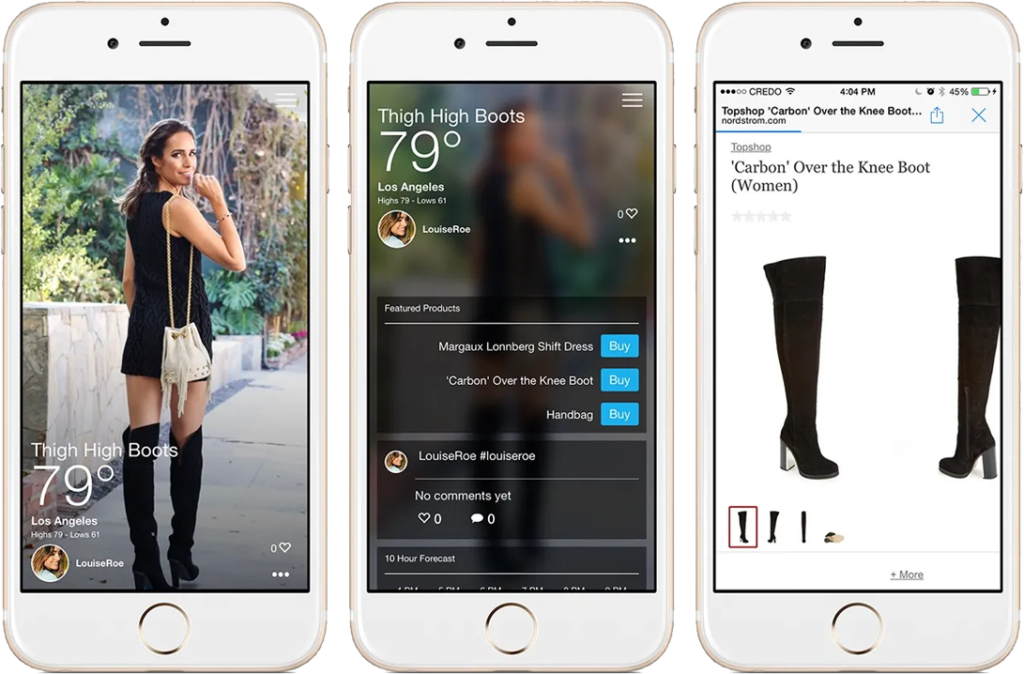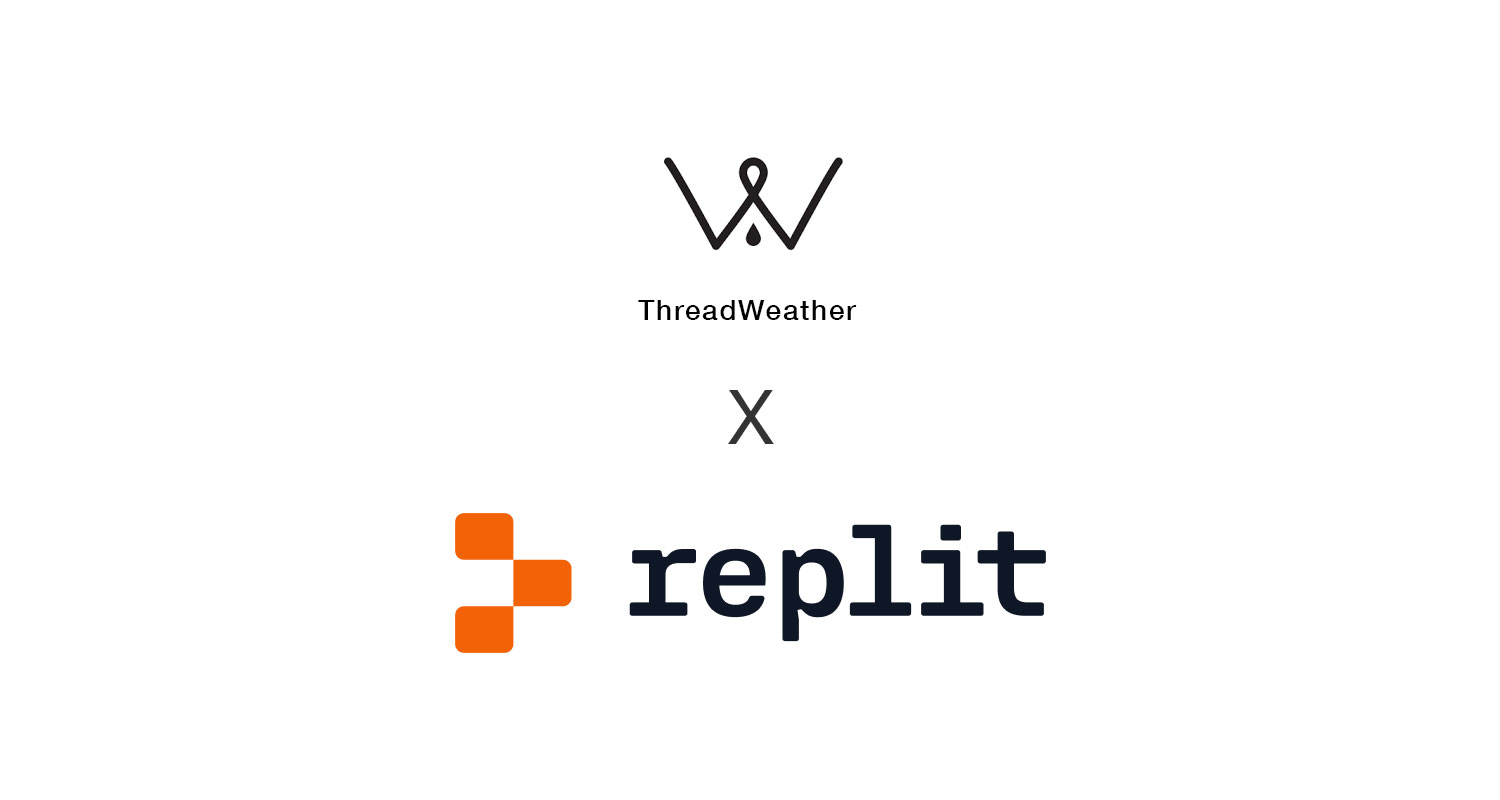The integration of AI into digital product design has reshaped the creative process, empowering designers to craft sophisticated, data-driven user experiences with a new generation of digital tools that accelerate prototyping and development.
AI technologies, like machine learning, computer vision, and recommendation engines, the techniques that powered the original ThreadWeather app’s ability to pair fashion content with real-time weather data, enable dynamic and personalized interfaces that adapt to the individual user temperature and climate preferences.
These advancements allow for rapid iteration and seamless incorporation of complex functionalities, like ThreadWeather’s mobile marketplace for shoppable style inspiration.

As I embark on rebuilding ThreadWeather with Replit, I will be leveraging this new AI tool to enhance its core concept of contextual fashion discovery, ensuring a modern, responsive design that makes weather-informed style choices instantly accessible.
As a designer new to Replit’s AI-driven development environment, I’m navigating a learning curve while acting as both product designer and product manager, with Replit serving as my engineering partner. This approach, mimicking a collaborative design, product management, and engineering pod, is a fresh challenge that pushes me to build skills at the intersection of user experience design, product management, and development.
As the designer, I redefine ThreadWeather’s visual and user experience to align with current trends, while as the PM, I write detailed prompts to guide Replit’s code generation for integrating weather APIs and shoppable features. Replit, as the developer, translates these prompts into functional code, allowing me to test and iterate in real time.
Despite the challenges of mastering this new workflow, I’m developing a unique blend of technical and creative expertise, using AI to bring ThreadWeather’s vision to life while embracing the opportunity to grow through hands-on problem-solving.

No Comments.